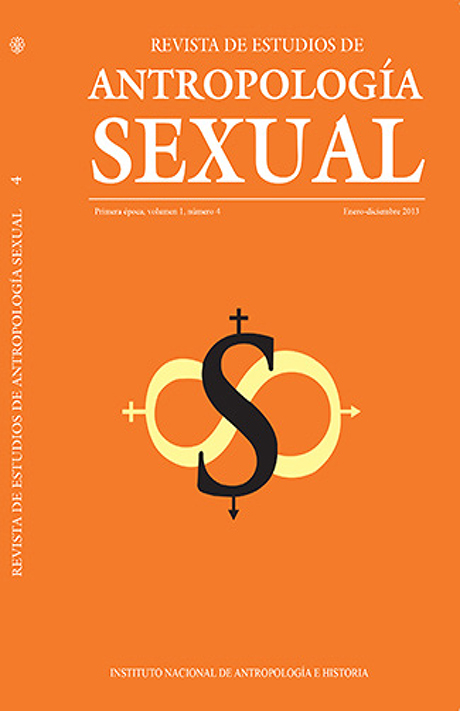The ethnographic dimension of commemorative blankets of those killed by AIDS in Mexico City
Published 2013-12-31
Keywords
- aids,
- memorial quilts,
- ethnography.
How to Cite
Abstract
This article analyzes the iconic expressions of the memorial quilts for those who have died from AIDS from an anthropological perspective.The purpose of this article is to show how the quilts can be considered ethnographic objects. To do this, the ethnographic documents and materials used (field notes and photographs) are reexamined from participant observation that took place during the exhibition of the quilts in several anti-AIDS events at the end of the 1990s in Mexico City. It is clear that in spite of their weak reception on a local level, they are important cultural manifestations that channeled expressions of grief and political protest on behalf of the people who have died of HIV-AIDS and thereby created a culture of prevention. Furthermore, as ethnographic objects, the quilts contribute valuable qualities and characteristics so that the social construction of the epidemic can be better understood. The quilts’ function is also of great importance to understand the diverse groups of human beings and the subcultures that created the quilts’ stories that, in turn, solidified a movement to battle AIDS and to fight against homophobia and discrimination within the gay, lesbian, bisexual and transgender community of Mexico City and the world. Finally, by evaluating the current status of AIDS as a “chronic disease,” it is suggested that we ethnographically analyze new global and local cultural expressions as they relate to this epidemic.

